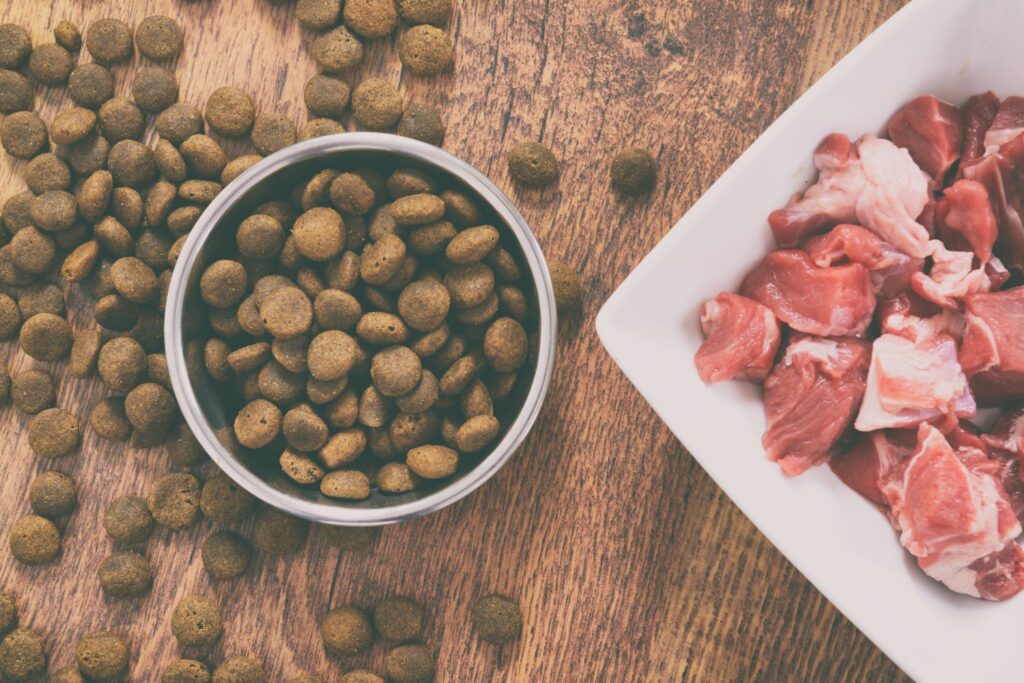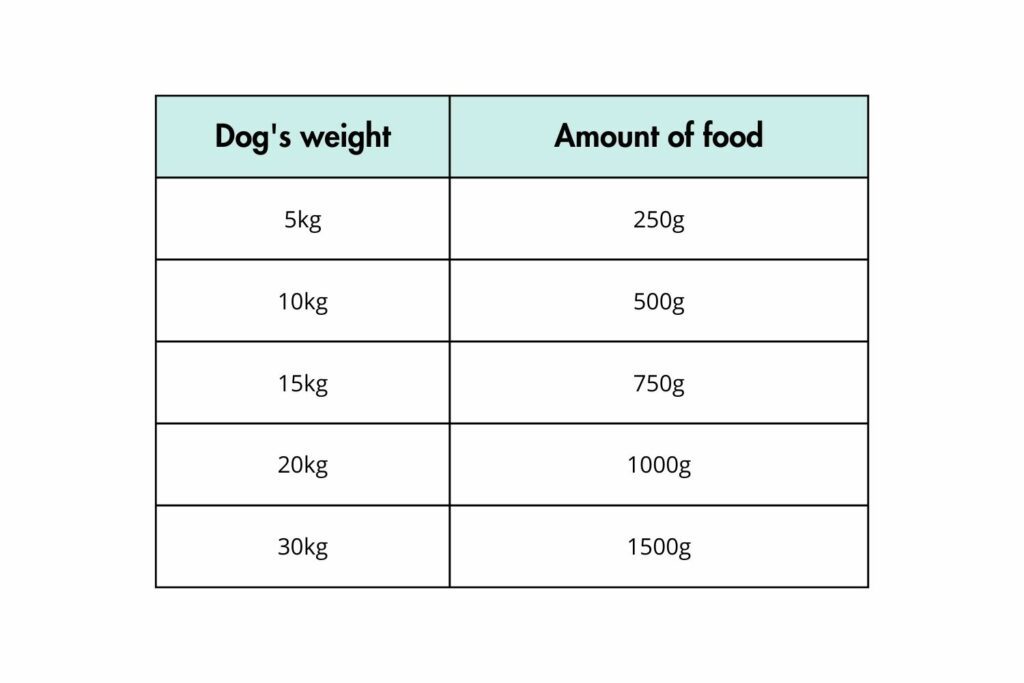Elimination diet for dogs with food allergy
 Cecilie Hemsen Berg
Cecilie Hemsen Berg
Food allergy and food intolerance in dogs often manifest with symptoms similar to those seen in allergies to mites, fleas, and pollen. These symptoms can range from digestive issues to skin irritations and respiratory problems, making it challenging to pinpoint the exact cause without proper evaluation. To determine if a dog’s symptoms are related to food sensitivities, veterinarians often employ an elimination diet, also known as an exclusion diet. This diagnostic approach involves systematically removing potential trigger foods from the dog’s diet and observing any changes in symptoms. By carefully reintroducing foods one at a time, pet owners and veterinarians can identify specific ingredients that provoke allergic or intolerant reactions, helping to tailor a suitable dietary plan for the affected dog.

The most common symptoms of food allergy and sensitivity include:
- Itchy ears, chronic ear infections
- Constant licking of paws
- Red, inflamed skin
- Anal itching (may also be due to inflamed anal glands)
- Sneezing, coughing, runny nose
- Gastrointestinal problems; diarrhoea, vomiting, chronic gas
How to do an elimination diet for dogs
1. Remove
Remove offending foods, one at a time and note changes in symptoms. Quite often, even offending foods can be reintroduced at a later stage.
The vet will prescribe a special diet to “reset” the system by removing all possible allergens in the diet. There are several options:
- Hypoallergenic dry food
- Allergy-friendly raw food
- Hydrolysed food*
- Home-cooked food; best suited for small to medium-sized dogs
*Hydrolyzed proteins are proteins that have been chemically or enzymatically broken down into much smaller particles, which are less likely to cause problems.

Transition phase: Introduce the elimination diet over 4-7 days, by mixing the special diet into the food your dog is already eating. There is no set formula; elimination diets can be anywhere from 6-12 weeks.
Most veterinarians recommend an elimination diet trial of at least 8-12 weeks for dogs with skin symptoms and 3-4 weeks for dogs with digestive symptoms. Don’t give your dog supplements, treats, leftovers, bread, rawhide treats, dental sticks, pig’s ears etc during the elimination period.
Remember to keep a detailed food log recording changes/symptoms. It helps both you and the vet to keep track of what triggers the symptoms.
2. Reintroduce
After the elimination phase, the dog’s system is “reset” – and you can introduce the suspected food allergen to “challenge” the system.

The most common foods dogs react to include:
- beef
- chicken
- fish
- egg
- milk/dairy
- soy
- maize
- wheat
- barley
- rice
In addition, high-risk ingredients like preservatives, additives, animal by-products, and cheap fillers may be causing issues. They often appear in pet food with poor nutritional quality and can potentially weaken your dog’s immune system over time.
If your dog reacts to an ingredient, you have to put her/him on the elimination diet again for 2 weeks to “reset” before trying the next ingredient. In most cases, an increase in symptoms is seen during the first week after provocation (itching, skin and/or ear inflammation). In some dogs, the reaction can be seen after minutes. In others, it takes up to 14 days.
If there is no change during the diet period, or no worsening upon provocation with suspected ingredients, food allergy or food sensitivity is less likely. The next step will be that the vet will take blood samples to check whether there is an allergy to house dust, mites, flees and/or pollen.
3. Repair
A healthy, allergy-friendly and complete diet supports the immune system and the gut, and restores balance. It can take up to 3 months before the digestive system has recovered. It is important to consider any medications your dog is using and how they affect gut health. An allergic dog will often receive cortisone or other steroids to control inflammation, which can have a negative effect on your dog’s health over time.

4. Restore and maintain
The microbiome is key in the development of the immune system – 90% of the immune system is actually located in the gut. Dogs usually defecate once or twice a day, so pay attention to your dog’s stool. It should look like a soft sausage and with a healthy brown colour. Once the diet has been adjusted to an allergy-friendly food, it will help maintain good health.
Home-prepared elimination diet
In consultation with a veterinarian, you can prepare food yourself. Elimination diets usually consist of two ingredients your dog has never eaten before: a protein source and a carbohydrate source.
You can mix the ingredients 50/50, or put together a more substantial diet with 50% protein, 25% carbohydrates and 25% vegetables, a fat source and a calcium/magnesium supplement. if possible, choose organic produce.
- Protein: Venison, goat, sheep, lamb, turkey, edible insects.
- Carbohydrates: Carrot, sweet potato, potato, broccoli, cauliflower, squash, pumpkin/butternut.

Nala Health dog food is hypoallergenic
- black soldier fly larvae/insect protein – an allergen-friendly, traceable, nutritious and clean food source – without the use of antibiotics or growth hormones
- it does not contain eggs, milk, soy, wheat, corn, rice or barley
- contains probiotics and beneficial fibres, such as chicory root. Another important ingredient is butyrate, which plays an important role in the intestinal barrier and protects against dangerous microorganisms entering the bloodstream.

